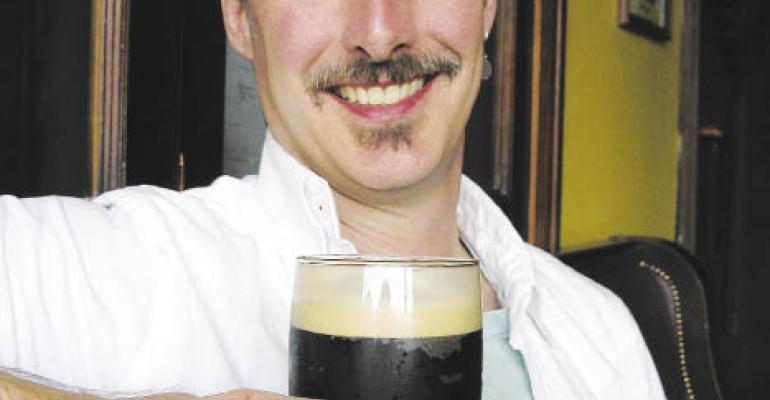For some time now, seasonal beers have been the most talked-about and best-selling segment of the burgeoning craft beer market, and rightly so. As a subset of craft beer, which in opposition to virtually all beverage alcohol trends grew by 7 percent last year, seasonals and specialties play a pivotal role in both garnering interest in and maintaining the freshness of a beer program.
But it bears remembering that seasonal beers only work if they’re kept fresh, meaning that the beverage manager needs to stay on top of what’s new, what’s heating up and, perhaps most importantly, what’s cooling off. This makes seasonals rather high maintenance, as opposed to the No. 2 workhorse of the craft beer world: pale ale.
“Pale ales are the nexus of the craft beer world,” said Chris Black, co-owner of the Denver specialty beer bar Falling Rock. “They are the kind of beers that allow servers to trade up patrons from a less interesting product, which can be found anywhere and is treated more like a commodity, to something that is more distinctive and people are willing to pay extra for.”
Born in the historic British brewing town of Burton-on-Trent, pale ales were originally brewed with lighter malts than those used by London brewers at the time, hence the “pale” part. They also have more hops than were used in the conventional beers of the day, and so greater bitterness. Over time, the style evolved into something almost interchangeable with British best bitter.
Once the pale-ale style arrived anew on American shores at the start of the craft beer renaissance, however, it underwent a significant transformation as even lighter malts created paler pale ales, and American hops, such as Cascade and Centennial, imbued the style with a citrusy bitterness. Before long, the popularity of pale ale among both craft beer aficionados and neophytes began to grow.
“Pale ale is like the blue jeans of beer,” said Jon Myerow, owner of the three-unit Tria Cafe in Philadelphia. “It is appropriate so much of the time, regardless of the occasion, the food or the weather.”
Indeed, pale ale’s food-friendliness may have something to do with its emergence as the dominant single style of the craft beer segment. “Pale ale loves food because it has enough hop bitterness to be a great palate cleanser, but not so much as to destroy foods’ flavors,” Myerow said. “The medium-hued malts, which play a supporting role to the hops, adapt to their culinary surroundings with ease.”
In addition to the qualities Myerow notes, the hops in pale ale can also tame fiery heat and cut through fat and spice like acid in wine. So where such traditional bar foods as chicken wings, nachos and almost anything deep-fried are concerned, pale ale is a natural partner.
As Black of Falling Rock noted: “Other styles may have a more seasonal sales volume, but pale ales are steady performers that track along with your sales. If you have more than a couple taps in your place, pale ale should be your go-to choice to satisfy your customers’ thirst.”




